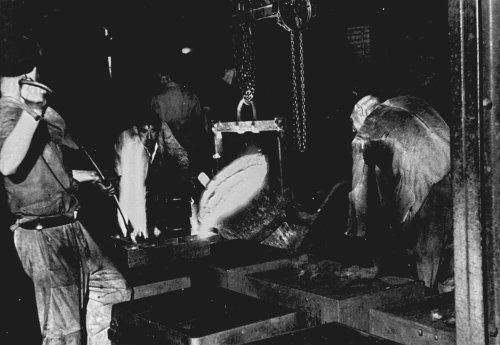
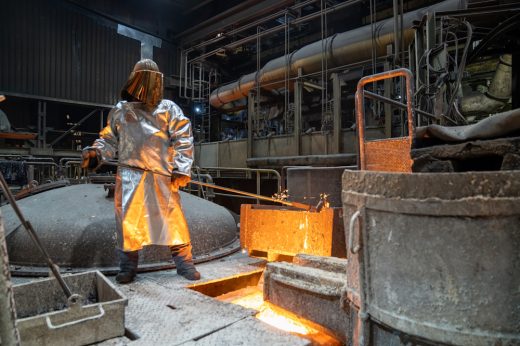
This advertisement appeared in West German newspapers at the beginning of 1927.
It was placed by Georg Sandmann, a member of the board of the steelworks association since 1925 and one of Fritz Thyssen’s closest associates for many years.
At the beginning of his professional career, he had quickly risen to managerial positions at important foundries.
Now 60 years old, he never thought for a minute about retiring.
Before then, his vision was to come true.
He was convinced that the automobile would prevail as a means of transportation.
And it was clear to him that the long-term success and competitiveness of a foundry was only possible through specialization.
Georg Sandmann and his wife Maria decided to manufacture the heart of every automobile: the cylinder crankcase.
Matching cylinder heads completed the range.
The foundry they were looking for was finally found in Brühl near Cologne.
At the time, the location was convenient to the iron-making industry and coal.
Thus began the success story of the ironworks in Brühl.
The company has remained loyal to its location ever since, but it is far from being a thing of the past.
The foundry continues to grow and is now one of the most modern producers for large-scale production in the world.
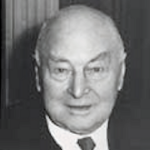
Production of engine blocks and cylinder heads;
First customers: Adam Opel AG, Daimler-Benz, Adler;
85 employees;
Production of 1,000 tons of cast iron
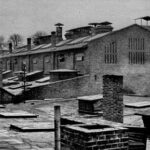
1,500 employees;
Production of 44,000 tons of castings; delivery of 800,000 engine blocks and cylinder heads
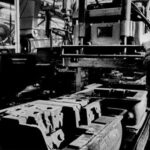
Acquisition of the aluminum foundry Mandl & Berger (Linz), development of aluminum sand casting
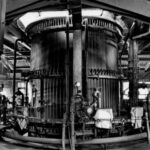
EB installs the world's largest cupola furnace;
Ford closes its own foundry in Dagenham and sources all products from Brühl.
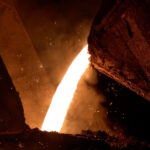
Production of >200,000 tons of castings;
140 million DM investment in new process-controlled automated molding plant (FAB3) and new cold box core production
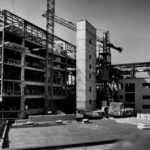
3,500 employees produce 220,000 tons of castings
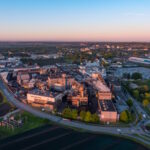
Sale of the entire aluminum activities (incl. Dillingen) to VAW-AG in Bonn
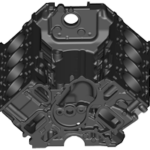
EB supplies V8 CCGs to GM, produced on the new Key Core line (CBL200);
Development of lightweight construction for Opel (CML500)
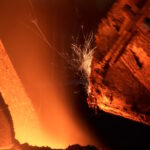
Construction of the smelting plant for GJV production in the ironworks;
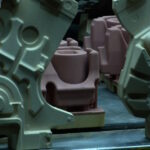
Start of construction of the new FAB4 forming line for GJV and special alloys
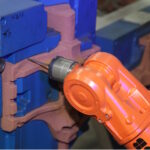
Development of thin-wall casting;
Construction of the CBL400/800, cleaning line 1a;
Investment in extended heat recovery;
Construction of cleaning line 5 and high-bay warehouse 7

Acquisition of new products in the commercial vehicle and NC sectors